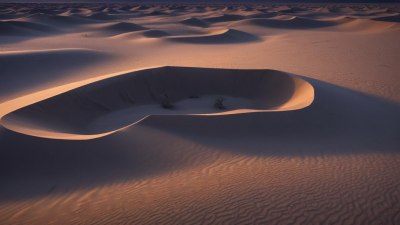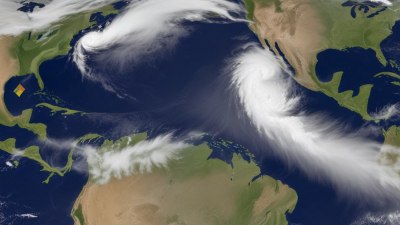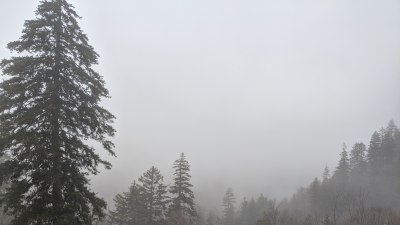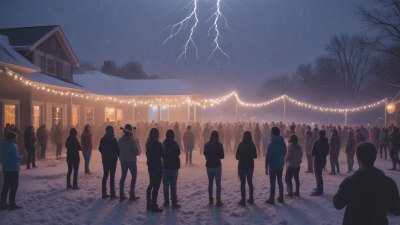Why Deserts Are Cold at Night Even Though They’re Just Giant Sandboxes
Explore the fascinating reasons behind the drastic temperature changes in deserts at night.

This image was created with the assistance of Freepik
Deserts are often perceived as extreme environments characterized by high temperatures during the day and freezing conditions at night. This phenomenon might seem paradoxical given their vast expanses of sand, but understanding the unique characteristics of desert ecosystems provides insight into why they experience such significant temperature drops after sunset.
The Basics of Desert Climates
Deserts are defined by their arid conditions, receiving less than 10 inches of rainfall annually. This low humidity plays a crucial role in temperature fluctuations. Unlike more humid areas where moisture in the air helps trap heat, deserts lack this insulating layer, causing the daytime heat to radiate away quickly once the sun sets.
Heat Absorption and Release
During the day, the sun’s rays heat the desert surface, which includes both sand and rock. The ground absorbs this heat and can reach temperatures exceeding 100 degrees Fahrenheit. However, as soon as the sun goes down, the process of heat dissipation begins. The lack of moisture means that the ground loses heat rapidly at night. This quick cooling contributes significantly to the cold nighttime temperatures.
Specific Heat Capacity
Another scientific factor in this equation is the specific heat capacity of sand versus that of water. Sand has a lower specific heat capacity than water, meaning it heats up quickly during the day but also cools down rapidly after sunset. In contrast, regions with more water bodies retain heat longer due to water's higher specific heat capacity, which helps regulate nighttime temperatures.
The Role of Winds
Deserts are also influenced by their wind patterns. At night, winds can shift, bringing cooler air from surrounding regions. This air movement further accelerates the cooling process. In contrast, during the day, the intense heat can create heat waves that disturb the air above the desert, but once the sun sets, those winds can carry away the heat, enhancing the drop in temperature.
Altitude Effects
The altitude of many deserts can also play a role in their nighttime temperatures. Deserts like the Atacama are situated at high elevations, where the air pressure is lower. This results in a thinner atmosphere that cannot hold as much heat as denser air at lower elevations. Consequently, even if these deserts experience significant heat during the day, they will cool rapidly at night due to their elevation.
Geographical Factors
Geographic location significantly affects the climate of deserts. Many deserts are situated in regions where mountain ranges block moisture-laden winds (a phenomenon known as rain shadow), further reducing humidity levels. The result is an ecosystem that cannot retain heat, leading to cold temperatures at night.
Desert Flora and Fauna
The unique adaptations of plants and animals in the desert also contribute to temperature dynamics. Many desert species are nocturnal, taking advantage of cooler nighttime temperatures to forage and avoid the intense heat of the day. These adaptations can alter local temperature patterns slightly, but the overall impact of flora and fauna is limited compared to the overriding climatic factors.
Examples of Cold Deserts
Some of the coldest deserts in the world, like the Gobi Desert, help illustrate these principles. The Gobi experiences temperature swings from extreme heat in the summer to bitter cold in winter due in large part to its high latitude and elevation. The cold nights can reach temperatures below freezing, demonstrating the impact that both geographical and climatic factors have on desert temperatures.
Desert Nights and Human Settlement
For humans living in or near desert areas, understanding these temperature fluctuations is crucial for survival. Traditional dwellings often have features meant to keep inhabitants warm at night while still being cool during the day. This knowledge of local climate conditions informs everything from architecture to clothing choices.
In conclusion, the reason deserts are cold at night, despite being vast expanses of sand, can largely be attributed to their low humidity, quick heat dissipation, specific heat capacity of sand, geographical features, and elevation. Understanding these factors helps explain the radical temperature swings characteristic of these arid regions and highlights the complexity of desert ecosystems.











